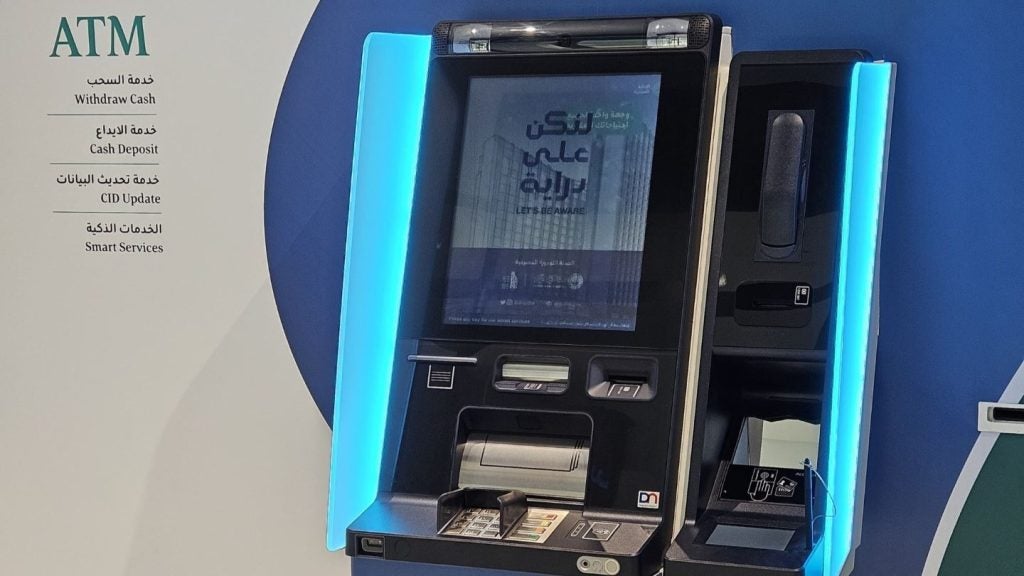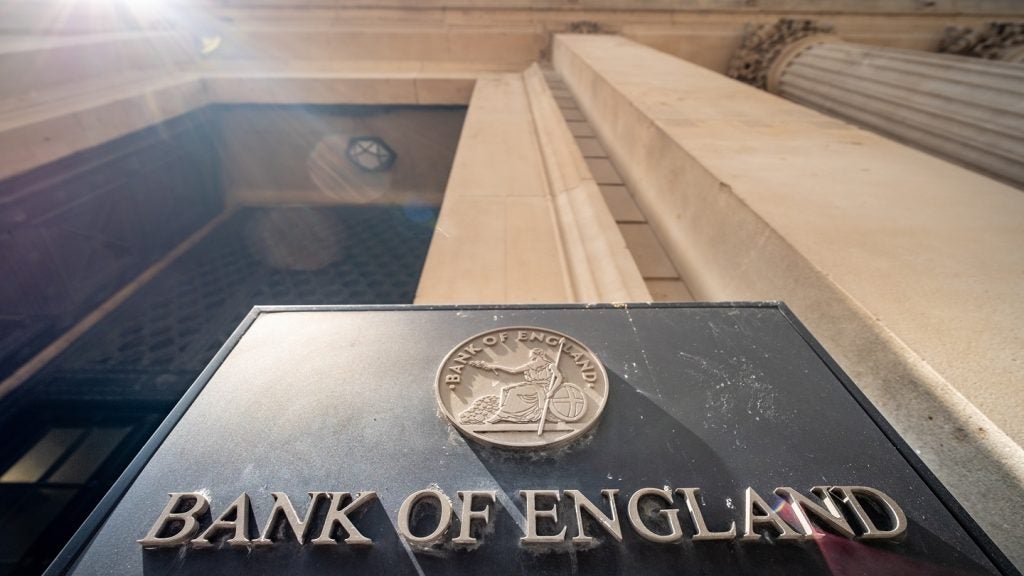One of the most popular speakers at Retail Banker
International’s Innovation conference in Singapore at the
start of October was Farhad Irani, Standard Chartered’s global head
of credit cards and personal loans. He said now was the time for
innovation, but innovation based on experience.
The global cards industry has benefitted from near-constant
innovation over the past five decades, delivering payments security
and convenience to over two billion consumers worldwide – and, in
the teeth of global financial instability, now is the time to
increase innovation and the overall way banks manage customers and
risk, according to Farhad Irani, Standard Chartered’s global head
of credit cards and personal loans.
The present market situation in the US, the world’s largest card
market, was “sobering”, however, and should act as a warning to
banks in Asia: 1.2 billion credit cards in issue; $1 trillion
dollars of card debt; an average of seven cards per individual;
$1,500 spent in average servicing interest costs per household;
over 125 million people revolving their balances with about 30
million of them in a hard core revolver stage; credit card debt
averaging $30,000; and a servicing burden up to 60 percent of
disposable income.
Speaking at RBI’s recent Innovation conference in
Singapore (see RBI 600), Irani said: “But Asia is not the
US. Asia has growing markets and relatively low consumer debt
penetration. Over 50 percent of the population is under 24, there
has been a dramatic increase in mobility, and most important an
ability [by the region’s population] to quickly adapt to new
technology. Payment volumes are strong and robust, in the 20 to 24
percent plus growth rates, and credit bureaux in almost every Asian
market are proving their worth.”
He added: “Paybacks are very important in our business, updated
and evaluated on a regular basis. And it is interesting to know
that steady-state ROE and loan impairment rates are continuing to
remain very attractive in Asia. ROI in the premium segment is
proving very attractive. I would urge all [retail bankers] to think
through which segments are really attractive and where you want to
put your increasingly limited resources.”
The Asia-Pacific market was not completely free of concerns. The
“bad news” is that liquidity was tightening and liabilities were
becoming “very precious”. Non-discretionary spend on credit cards –
“spend consumers really need to make to live” – could move onto
credit cards, and that was a trend Standard Chartered was closely
monitoring.

US Tariffs are shifting - will you react or anticipate?
Don’t let policy changes catch you off guard. Stay proactive with real-time data and expert analysis.
By GlobalData“The masking of delinquencies in the early stages of this
slow-down is a worry as consumers begin to borrow more to repay the
earlier debtors and this is something on our radar screens,” Irani
said.
He said that at a time of rapid and sometimes unpredictable
change it is good to revisit the “fundamental principles”.
“Even before we witnessed the credit crisis in the West, we were
seeing significant changes in our industry: products are getting
more sophisticated and increasingly more expensive to deliver and
sustain; price as a short-term differentiator is a destroyer; card
promotions are now common place and loyalty is becoming a fleeting
comfort. And bankers [have] inflicted damage on ourselves – the
blind acquisition of new accounts in the quest for market share,
maintaining a high proportion of inactive accounts in the hope that
we can build now and they can buy later, the reckless balance
transfers targeted at high-risk customers, and using flexible risk
policies to garner risky segments will hurt us all.”
Pricing has become very important, he stressed. The industry is
all about pricing for share and pricing for risk and pricing for
profitability – and it was important that banks move from
portfolio-based pricing to customer-based pricing.
“I need to highlight here the problems of low-price balance
transfers,” Irani said. “In a quest to build assets very
aggressively, banks exploit balance transfer promotions in the
market. But if you look at the story of Taiwan, Korea and Hong
Kong, high-risk balance transfers brought in very low yields, and
created worries.”
Segmentation offers a real opportunity, in contrast. In a
slow-down situation, it’s a good time to “step back and see which
segments you want to excel in and compete in”. Standard Chartered
does this on a regular basis – across its 13 markets where it has a
cards business, it looks at segments in terms of size, propensity
to borrow and repay, and the bank’s penetration in these segments.
Standard Chartered “continuously” evaluates the characteristics of
each segment, in terms of the cross holding of that relationship,
the preferred distribution channel, and the spend motivation it can
apply to make that business more attractive.
“A bank’s existing base of branch customers is a gold mine in
this environment. Very often banks commit themselves to third-party
sales agents and alliances to drive in new customers ignoring huge
wealth of opportunity in their own franchise,” said Irani.
“How do we get smarter in our business? It is about new account
acquisition and loyalty management. Very basic but very important.
But one has to understand the fully loaded cost of acquisition.
Very often banks run different cost centres and do not fully
understand what it costs to bring in a new customer especially if
you factor in what percentage remains active and healthy. The first
100 days of the relationship is so important especially in terms of
future viability of that relationship.”








